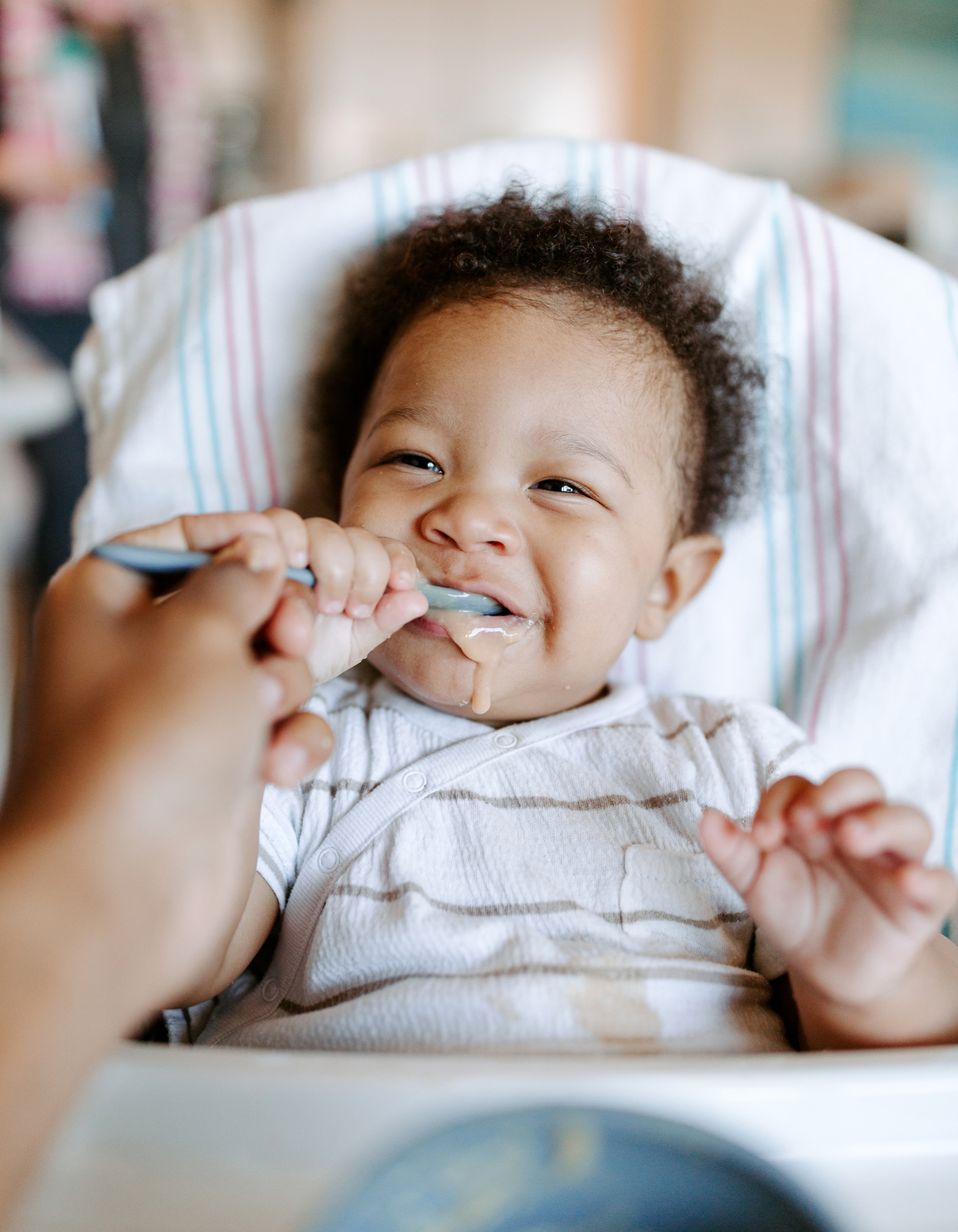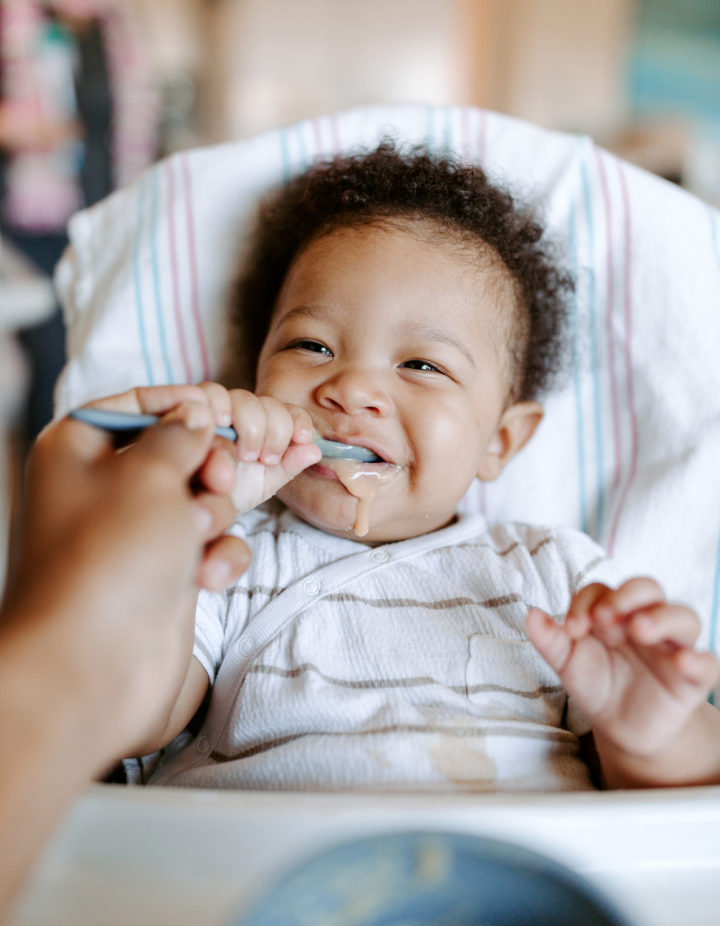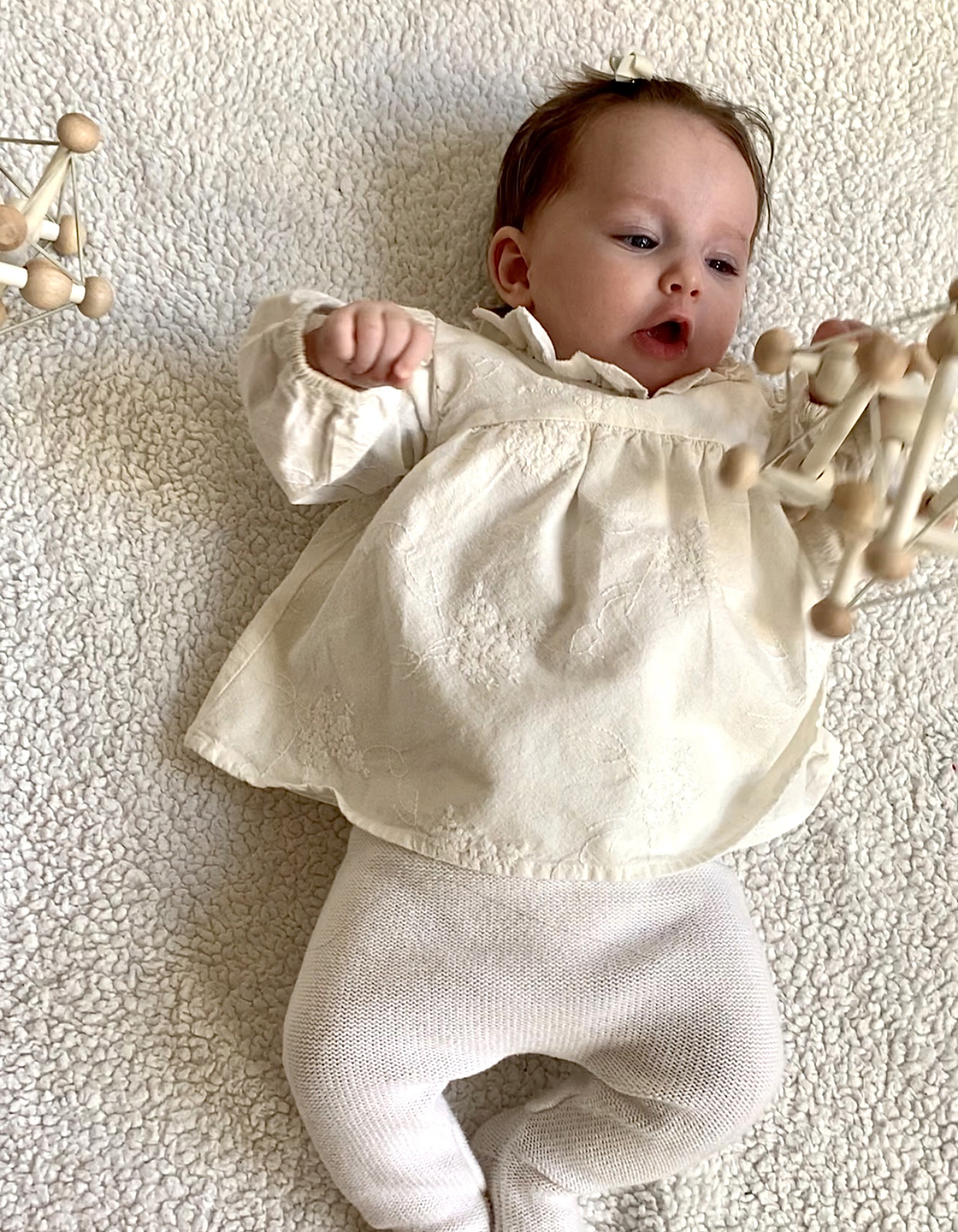Hey Mama,
I’m Emily Nolan and I’m here to help you and your child prevent and manage food and environmental allergies and sensitivities. I’m a mother of a child who has food and environmental allergies, which we’ve reversed overtime with oral immunotherapy and a lot of courage.
In this article, we’ll be discussing preventing food allergies in babies, which was co-created in part alongside Stanford immunologist, Dr. Tina Sindher. Dr. Sindher is a Clinical Associate Professor of Medicine and Pediatrics at Stanford. Her focus at Stanford is on allergy and immunology.
If I had known these tips, our family could have likely avoided hundreds of hours of doctor’s appointments, additional blood work for our son, intense stress on relationships, diminished quality of life and mental health, huge loss of personal identity, and most importantly to us…we may have avoided anaphylaxis and the hundreds of uncomfortable allergy shots. Instead of feeling guilty about everything our family has gone through to keep our son safe and restore his quality of life, I have created this resource for you–so you hopefully don’t have to go through this particular journey with your family. But if you do, don’t worry. It’s not your fault, and I’ve got your back with my pediatric food allergy course, Fear to Freedom.
When my son was diagnosed with food allergies, I read the book The End of Food Allergy, by Dr. Kari Nadeau and Sloan Barnett. I did some major digging online and came across an article in New Scientist boldly stating, “Food allergies could soon become a thing of the past – here’s why.” In the article, Dr. Nadeau talks about the “6 Ds of preventing food allergies,” and I was gobsmacked at how many variables there are that factor into the development of a child with food allergies. Sure, sometimes it’s just plain old luck, but many times, we can control–or do the best to control, what our child is and isn’t exposed to in an effort to give them the best shot. We’ll be discussing all of this with you today, so you can learn from the very best, how you may prevent food allergies in your baby.
Let’s jump right in and start learning.
6 D’s of Preventing and Managing Food Allergies
There are 6 Ds we know that help prevent and manage food and environmental allergies. They are:
Diverse Diet
You want your child’s microbiome to flourish, and it’s especially important in the first few years of life when his or her immune system is developing quickly. In the first few years of your child’s life, you should introduce as many fruits and vegetables, legumes, whole grains, and lean proteins as possible. When your child begins eating solids, aim for thirty fruits and vegetables a week for optimal microbiome development. I know that sounds like a lot, but I think you might be surprised if you challenge yourself to keep track of it in a 7-day food journal. If you don’t hit thirty, don’t stress. You’re doing the best you can and it’s all about the intention. (Did you know stress can have an adverse impact on the microbiome? Seriously. Whatever number of fruits and veggies you hit, it’s all good.)
In addition to a diverse diet, we want to introduce allergens early and often. In the United States, there are nine top allergens. They are milk, eggs, nuts, fish, crustaceans, shellfish, wheat, soy and sesame. There is no downside to assuming your child is at high risk for food allergies, so introducing these allergens as early as four months is now a common guideline to help food allergy prevention. Did you know you do not need to introduce individual allergens days apart? You can introduce two in one meal (or bottle), or one every meal (or feeding). Also, if you want to wait to introduce solids until six months, you can still introduce the allergens early. I like pre measured convenience products like this. I wish they were around when my son was a baby–and I knew how important it was to introduce allergens early and often for all babies, not just high risk babies.
Vitamin D
You can test for Vitamin D levels in your baby, or, assume that they are low. In the Whole-Body Health podcast episode, Food Allergy Master Class, Dr. Courtney Blair states that she tells her patients to err on the side of being insufficient in vitamin D levels and suggests the families incorporate a supplement for their child based on their age. It is hard to overdose on Vitamin D, especially if you are following your child’s doctor’s approved supplement doses. Vitamin D during pregnancy can also help prevent food allergies. Always seek your doctor’s approval before introducing any supplements into your child’s or your health plan.
Dog
Especially in the first year of your child’s life, having a dog has been shown to lower the risk of food and environmental allergies. Why? Because they are full of so many allergens like dander and environmental allergens (in their mouth and on their fur). When they bring those allergens into the house, they usually find a way into the baby’s mouth somehow by liking them, contact with toys, blankets, sofas, etc. Once those allergens get into the baby’s gut, they can help prevent those allergies from developing. Which leads us to…
Dry Skin
Creating healthy skin barriers is so important. Without sealing off your child’s skin with lotion or petroleum products, it leaves their skin exposed and more susceptible to developing eczema–the place where food and environmental allergies begin! Once those allergens get into dry skin, before they get into the gut, your child is at a higher risk for developing life-threatening allergies. It’s important to note that sometimes you can do everything right and your child can still develop allergies. And if they do, don’t feel guilty. You are doing the best you can, and I’ve got you covered with my pediatric food allergy course to help you manage or reverse the allergy diagnosis. It’s not easy to reverse, it takes a lot of work (and pain, sweat, and lots of tears!), but it’s doable and worth it in my opinion.
Also, try to bathe your newborn baby only as needed. When you bathe your baby, consider if you can use water only? If you need to use soap, do so sparingly to keep the lipid layers in your child’s skin intact. Those lipid layers protect allergens from entering into dry spots like eczema in your child’s skin, reducing the risk of developing allergies. To learn more and make sure you’re doing it right, listen in to Skin Barriers on Whole-Body Health and shop my preferred skincare products.
Detergents
Harsh detergents, as well as any harsh chemicals and fragrances in the household can be damaging to a child’s skin and immune system. It’s important to use fragrance free, non-toxic products whenever possible.
Dirt
Dirt is full of microbiome-building good bacteria. Let your child get it under their nails by cultivating a garden, letting them pick herbs, and drive dump trucks through dirt at the local park. Make it a fun family adventure and take them to a farm (farm dust is amazing for building up the immune system). It’s been shown that even one month of implementing activities like these can have a profound impact on your child’s microbiome.
*Although the information inside Preventing Food Allergies in Baby comes from top doctors, leading experts, and thought leaders around the world, it should not be considered medical advice. Emily Nolan is not a medical professional, and the professionals you hear from in this ebook may not know your child. Health concerns related to food and environmental allergies and sensitivities are unique to every individual. You should always consult a qualified medical professional when making decisions that may impact you or your child’s health and well-being.




